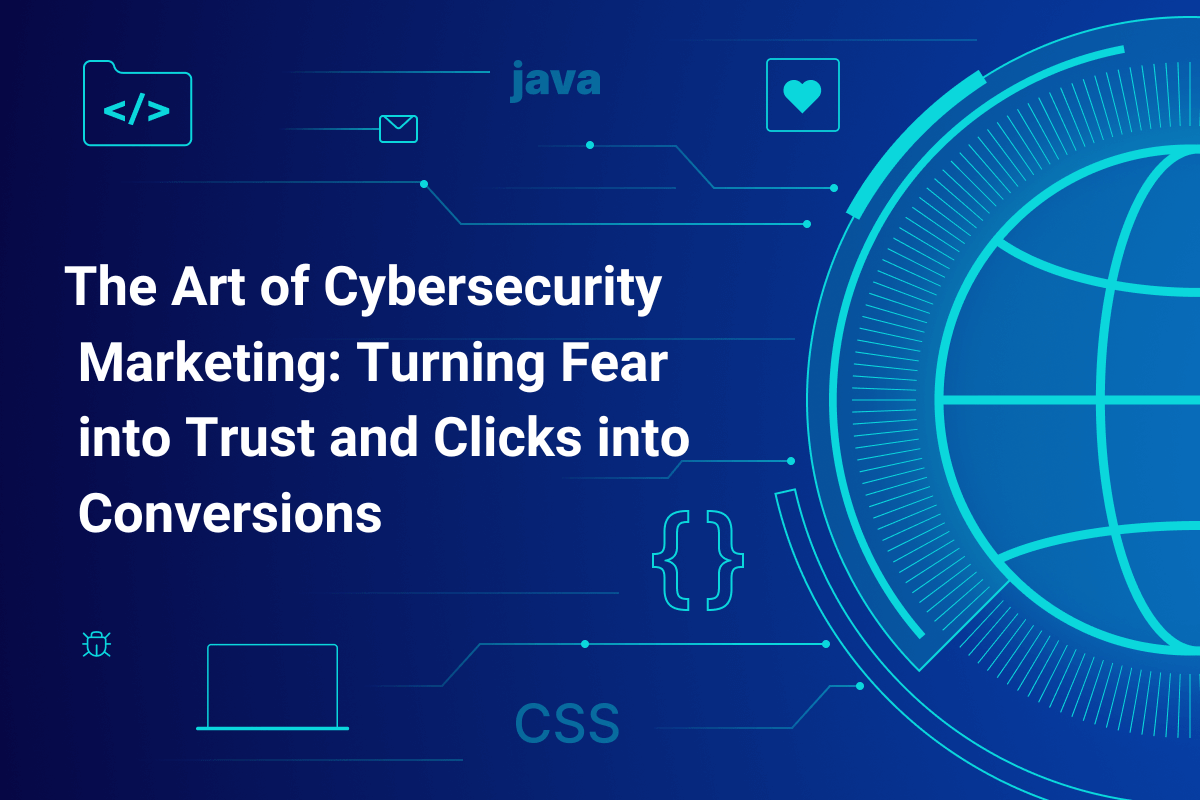As businesses pivot towards a digital-first future, the threat of cyberattacks grows increasingly sophisticated, making cybersecurity a cornerstone of modern business strategy. In this high-stakes arena, cybersecurity marketing is crucial in shifting the narrative from alarm to assurance and demonstrating how advanced security can be a compelling value proposition.
Recent data underscore the urgency for increased business cybersecurity: the global cost of cybercrimes is expected to reach $8 trillion in 2023. This trend spotlights the need for cybersecurity firms to communicate their message effectively. By turning complex security jargon into relatable stories, marketers can bridge the gap between technical prowess and customer peace of mind.
Effective cybersecurity marketing doesn’t just sell a product—it promises safety in a precarious digital world. As we explore this landscape, we’ll delve into how trust-building through education and strategic marketing can convert the most skeptical prospects into engaged clients, creating a loyal base rooted in the belief of a robust digital defense.
Understanding the Cybersecurity Landscape
The current cybersecurity landscape is fraught with dangers ranging from sophisticated phishing scams to disruptive ransomware attacks, each more creatively deceptive than the last. This ever-evolving threat matrix isn’t just a technical concern; it’s a pressing business issue, as a single breach can compromise customer trust irreparably.
Large and small businesses grapple with the anxiety of protecting sensitive data against a backdrop where breaches are not a question of ‘if’ but ‘when.’ This palpable fear reflects the high stakes involved—loss of reputation, financial forfeiture, and legal repercussions. The common thread in these fears is the vulnerability that pervades all sectors, underscoring the need for robust security measures.
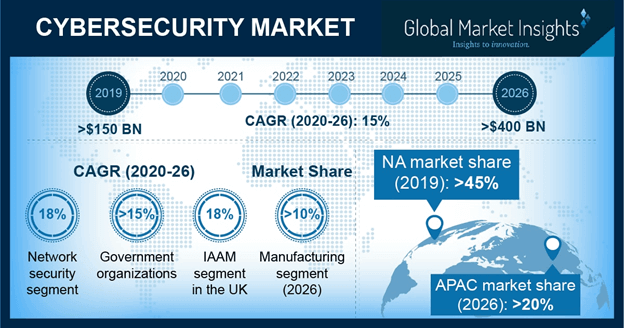
Perceptions of cyber threats shape marketing strategies profoundly. Cybersecurity marketing must navigate the delicate balance of alerting customers to the realities of digital risks without inciting panic. It’s about transforming fear into a constructive dialogue, fostering a culture of cyber awareness where customers feel equipped and vigilant, not victimized.
In this environment, marketing is more than a business function; it’s a vehicle for education and empowerment, setting the stage for how cybersecurity solutions are perceived and adopted in the market. The importance of a nuanced, empathetic approach to marketing in the cybersecurity sector becomes clear—where the message is heard and resonates deeply with the audience’s intrinsic need for cyber safety.
Marketing Challenges in Cybersecurity
Crafting the narrative in cybersecurity marketing is akin to walking a tightrope. Marketers must strike a delicate balance, kindling a sense of urgency while steering clear of fear-mongering. This requires a tactful approach that highlights the gravity of cybersecurity without triggering alarm. The goal is to motivate action, not paralyze with fear. Customers should feel compelled to engage with cybersecurity solutions out of a desire for empowerment, rather than a knee-jerk reaction to a scare tactic.
Cybersecurity concepts often come wrapped in complex technical language, challenging marketers to distill intricate details into digestible insights. The crux is to make cybersecurity relatable without oversimplifying its importance. By breaking down high-tech jargon into the language of benefits and protection, marketers can broaden their audience reach, appealing to non-specialists and decision-makers alike.
At the heart of cybersecurity marketing lies the cornerstone of trust. It’s the currency of choice in an industry where the stakes include safeguarding identities, finances, and corporate secrets. Building and sustaining this trust demands consistency, transparency, and proof of efficacy.
Marketers must convey the capability of their solutions and a commitment to their clients’ ongoing safety. It’s a continuous endeavor to foster confidence, where every claim must be substantiated, and every promise must be a pledge of steadfast defense in this dynamic battleground.
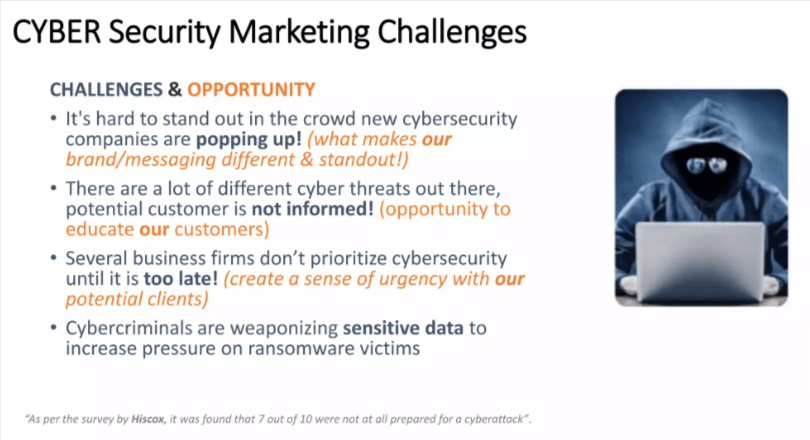
Educating to Empower: Content as a Trust-Building Tool
Fear runs rampant in cybersecurity, but education emerges as a beacon, illuminating the path to empowerment. Strategic content marketing that educates the audience serves a dual purpose: establishing the brand’s authority in cybersecurity and fostering trust with potential clients. By demystifying complex cybersecurity issues, companies position themselves as thought leaders and allies in the fight against digital threats.
TOFU audiences respond well to various content types—infographics that distill data into visual stories, blog posts that decode cybersecurity trends, webinars that showcase expert insights, and whitepapers that delve into the specifics of threat mitigation. These content forms are accessible gateways to the cybersecurity conversation, laying a foundation of knowledge that nurtures informed decision-making.
Successful cybersecurity campaigns often leverage case studies and real-world scenarios, spotlighting the brand’s role in averting crises. For instance, a multi-channel campaign featuring educational articles on the latest cybersecurity measures, coupled with success stories, can effectively engage and build trust. This approach informs and demonstrates the brand’s expertise and commitment to innovation, transforming passive readers into active participants in their cybersecurity journey.
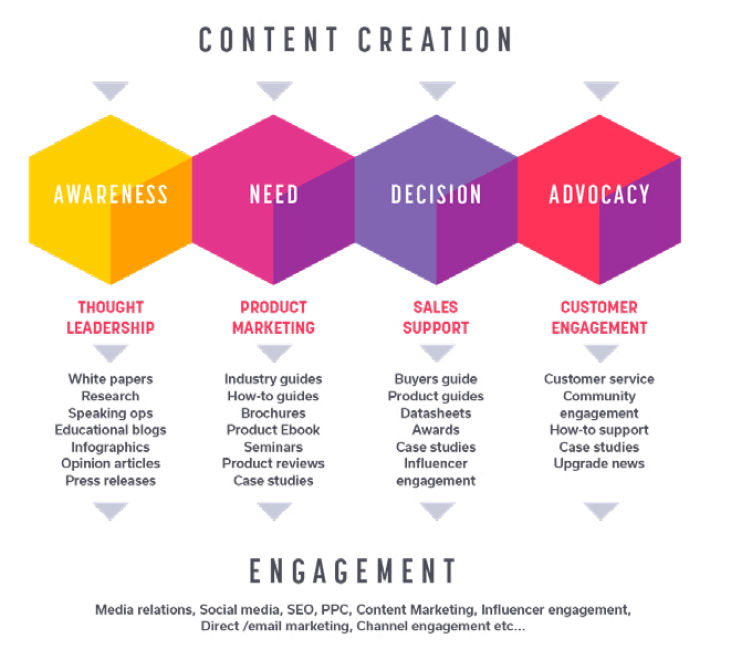
Personalization and Relatability in Cybersecurity Marketing
Personalization in cybersecurity marketing is not just about targeting; it’s about relevance and connection. It involves crafting messages that resonate with each recipient, addressing specific concerns and needs pertaining to their unique digital life. This tailored approach builds a narrative that customers can see themselves in, transforming abstract risks into tangible scenarios they care about.
For instance, a cybersecurity firm might create a campaign around personalized video content that depicts a variety of cyberattack scenarios based on actual customer data points. These narratives, grounded in the individual’s industry, role, or even the type of devices they use, turn the impersonal into the intimate.
One compelling campaign might feature interactive assessments that personalize advice, immediately showing how a company’s offerings can fit into the potential customer’s security strategy. This level of customization demonstrates the brand’s understanding of its audience and underscores its direct value, making the marketing message impactful and the cybersecurity solution indispensable.
Lead Generation Strategies in Cybersecurity Marketing
In the cybersecurity sector, generating high-quality leads hinges on a marketer’s ability to offer insightful, targeted content that speaks to potential customers’ emerging needs and pain points. Utilizing well-crafted lead magnets like exclusive e-books on cybersecurity best practices, checklists for IT security audits, or access to webinar series on the latest threats can be particularly effective. These resources serve as the initial handshake, offering value and fostering engagement.
Once interest is piqued, the nurturing process is critical. This can be achieved through an educational email sequence that deepens the lead’s understanding and steadily guides them through the marketing funnel. Each communication should reinforce the brand’s expertise and commitment to security, gradually building a relationship that culminates in the lead’s recognition of the brand as a necessary ally in their cybersecurity defense strategy.
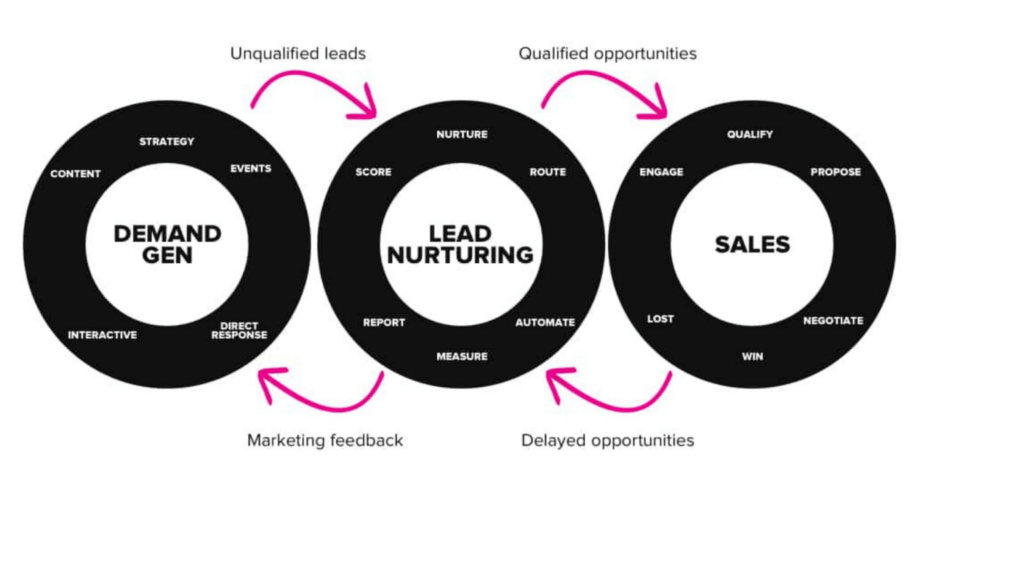
Optimizing the Conversion Path
The journey from initial interest to conversion in cybersecurity marketing is meticulous, demanding clarity and a frictionless user experience at each touchpoint. An optimized conversion path is intuitive, guiding potential clients with clear, actionable steps that underscore the urgency and necessity of cybersecurity solutions.
The pathway from initial interest to conversion must be clear and provide a seamless user experience to be effective:
- Smooth and secure the path – A/B testing landing pages, streamlining form fields, and providing instant communication options like chatbots can be tailored to meet the specific needs of cybersecurity clients, ensuring that the path to conversion is as secure as the services offered.
- Use the right CRO – Conversion rate optimization (CRO) techniques specific to cybersecurity, such as offering free security assessments or demonstrating product effectiveness through case studies, can significantly enhance the likelihood of converting interested prospects into committed customers.
- Strong CTA + Value Proposition – It’s essential to have personalized and clear smart calls-to-action (CTAs) that guide potential customers through the decision-making process. Alongside a compelling value proposition that clearly articulates the benefits of the cybersecurity product or service, smart CTAs are critical in driving conversions.
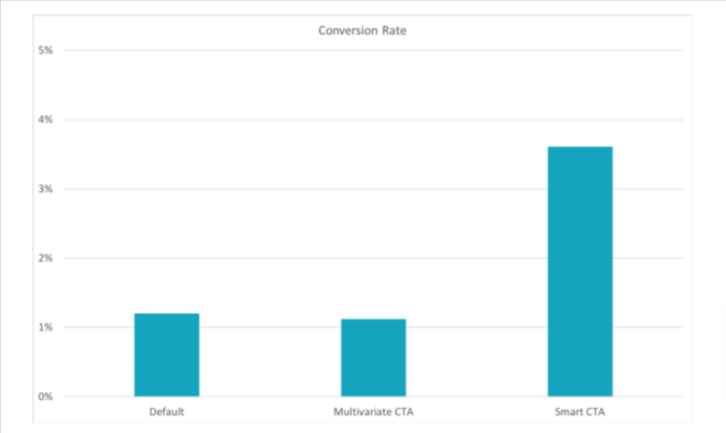
Emerging Trends in Cybersecurity Marketing
The landscape of cybersecurity marketing is rapidly evolving with the advent of sophisticated technologies like AI, which are fine-tuning the personalization of customer interactions. By analyzing behavior patterns and engagement metrics, AI tools enable marketers to deliver content and solutions that cater to the individual needs of their audience.
In parallel, the rise of influencer marketing within cybersecurity is making significant inroads. Industry experts and trusted cybersecurity personalities are now playing key roles in shaping purchasing decisions through social proof and advocacy.
As we look ahead, marketing strategies in cybersecurity are likely to lean more heavily on these emerging trends, an evolution pointing towards a more interconnected and intelligent approach to engaging with potential customers.
Build Winning Cybersecurity Marketing with mvpGrow
Navigating the cybersecurity marketing landscape demands a blend of education, personalization, and strategic content delivery. The imperative is to shift from inducing fear to fostering trust, emphasizing the role of clear communication and authoritative content in converting interest to action. The rise of AI and influencer marketing within this sphere underscores a pivotal transition towards more engaging, trust-centric marketing strategies.
In the quest to elevate cybersecurity marketing from an art to a science, mvpGrow offers marketing expertise and a rich history of helping cybersecurity firms transform concern into confidence. Our global team of marketers, writers, and editors is dedicated to helping cybersecurity companies discover their target audience and engage them with value across channels and destinations.
Reach out for a free consultation to discuss how our proven growth strategies can amplify your marketing efforts and boost your standing in the cybersecurity industry.

The Founder & Chief Getting Sh%T Done Officer of mvpGrow. After about 8 years as a hired hand some of the largest (and smallest) B2B SaaS companies worldwide I decided to hang up my employee slippers and lace up my growth agency cleats. But just because I’m an agency doesn’t mean we can’t chat (no charge). Please email me on any topic and I will gladly reply: eyal@mvpgrow.com

